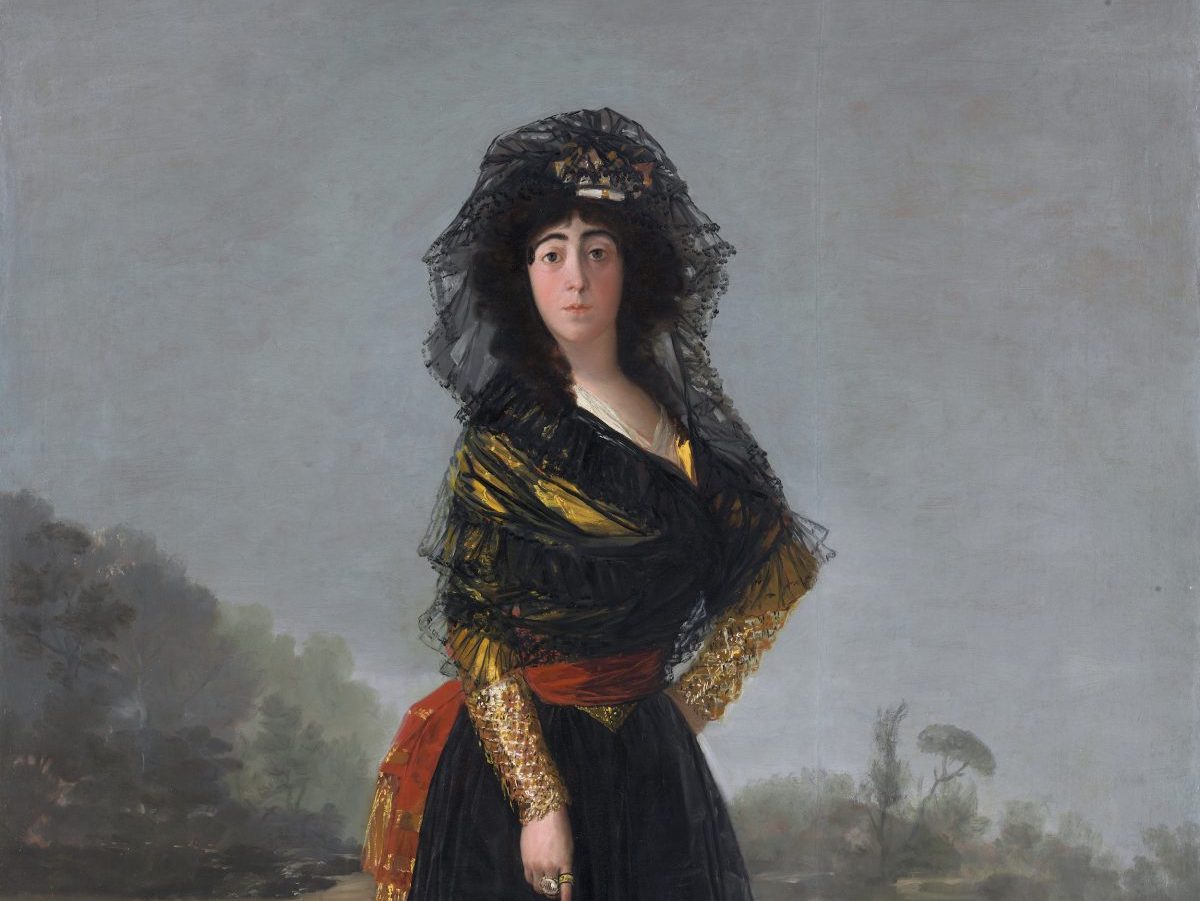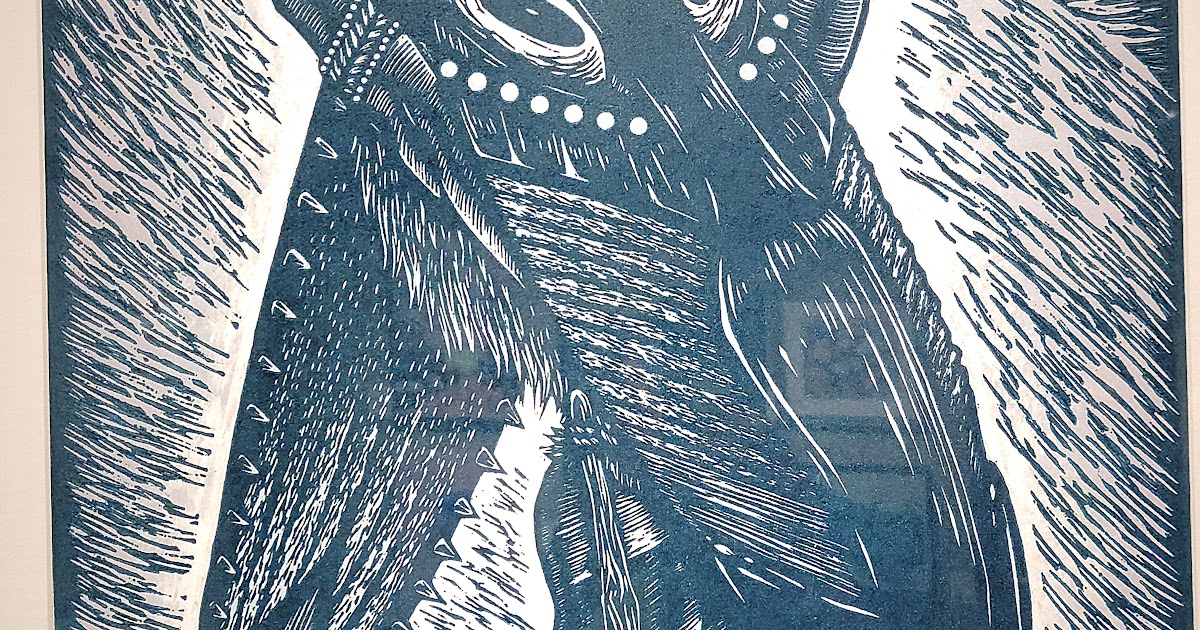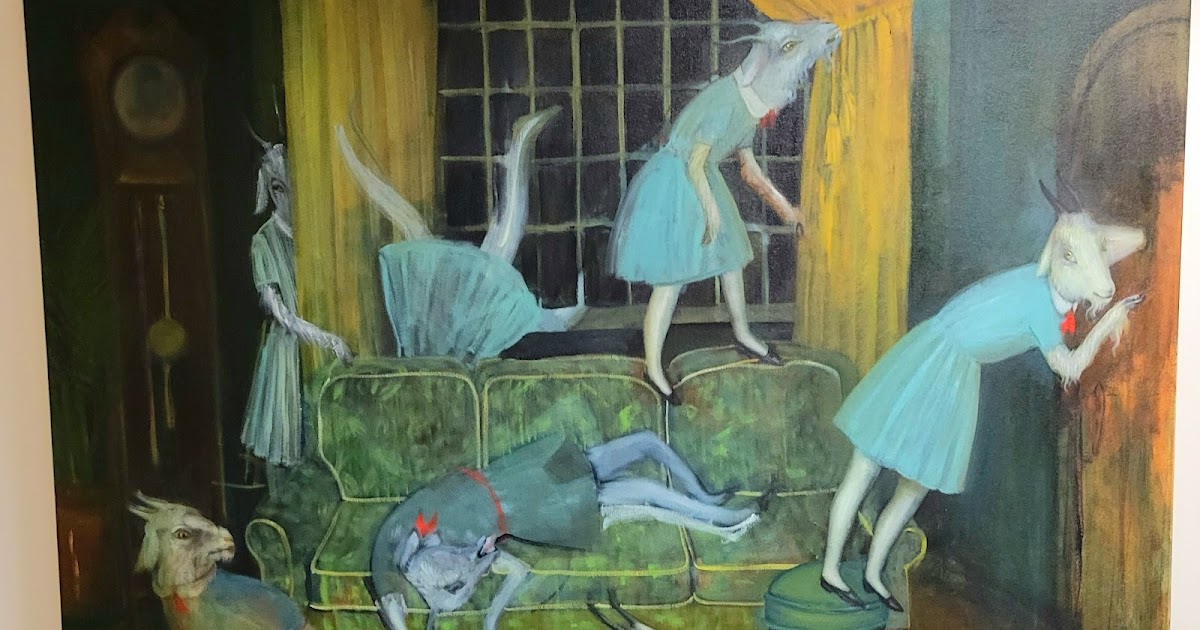LONDON — How to define the astonishing allure of this great portrait by Goya? He kept it in his studio for years. In fact, as far as we know, he never parted with it. It defined him. And yet the painting feels both highly personal and strangely set apart, as if the subject possesses all the reality of a vivid human presence and all the unreality of something that can only ever be brittle and unstable, as unreachable and ungraspable as any other object of fantasy. Look at her flushed face, for example, and the drama of those arched black brows. It seems to possess all the fragility of porcelain — or an unbroken egg — and all the clarity of a dream. And her look is … what exactly? A touch sad? A touch helpless? A touch pleading? There is also a certain pride, a certain stiffness, if not haughtiness, in her stance. That face is just a tad mask-like. The painter is paying her due homage even as she rises over him. Is aloneness here too? She could be posing for no one but herself.
He painted and drew this aristocratic woman with an extravagance of names — the 13th Duchess of Alba was christened Maria del Pilar Teresa Cayetana de Silva Alvarez de Toledo y Silva Bazan — on several occasions. A softer white version preceded this black version by two years. Goya also lived on her estate from time to time — she and her husband were rich patrons. This painting was made in 1797, the year after the death of that husband, which is why she is dressed in the black of mourning. Did Goya perhaps see that death as an opportunity to establish a liaison of some kind? Oh sad, vainglorious man. Such hopeless, helpless ardor.
In common with many other men (much correspondence proves this to be true) Goya was utterly besotted by her beauty. She played up to it. She was flighty and flirtatious. She was a skilled dancer. Goya himself was neither beautiful nor young: she was 35 when he painted her, he 51. The legend of her beauty lived long into the future. Ava Gardner played her, in a film of 1958 called The Naked Maja. Was this portrait perhaps a mode of possession, an almost living and breathing substitute for the relationship with her that he almost certainly never had?
Goya became a great portraitist during the 1790s. His ability to paint portraits of an extraordinary brilliance also coincided with the onset of deafness, an affliction that seized hold of him in 1792. Perhaps the loss of one sense added a degree of intensity and particularity to the nature and the quality of his looking.
He has placed her alone — on her country estate? — in a rather dusty, fumy landscape, which seems to withdraw from our attention (as if it knows its place) even as she advances. She is so crisply rendered. The trees are hazy puff balls by comparison. Look at the way in which the trailing end of that red sash, which seems partly to define the curvature of her right hip, sits in relation to the prospect of trees directly behind and beside it, defined by its indefinition. That change in his painting technique happens instantaneously. From sharp, closely observed particularity to the pallid fuzz of distance. Those two passages could be 80 years apart.
She stands commandingly tall within the proportions of the canvas, raised all the higher perhaps by the way the cobwebby network of her mantilla climbs across and over her blaze of black curls, framing and almost amplifying the line of her hair. The uniform grayness of the sky is a fitting backdrop to the melancholy of mourning. Yet it is not only that — mourning is only part of this story. There is something potentially frisky about her too, as if all this black is also the black of the tease of concealment, at least in part. What is more, although the color of her clothing is mostly somber, there is no denying that she is dressed in fashionable frippery of the kind that Goya adored to paint. And how finely the lower half of her long dress is embroidered! Goya sees it all, and makes much of it.
See also how her forearms glitter with color (are there perhaps small, nuggety pearls woven into the fabric?), her left hand on her hip. And how her slithery, snaky mantilla, which wraps around her bosom, admits of a few glancings of color too, as if there might be more than a hint of erotic allure, at least half a promise of the revelation of naked flesh. Oh to be that enwrapping mantilla! And look at how those dazzling gold shoes have their way with us. Her left foot, sharply and provocatively pointed, is turned out quite dramatically, as if this might be the first stamping step of some dance that she is leading.
And then there is, of course, that pointing finger of her slender right hand, and what it is telling us. Or perhaps it would be better to say what the painter is quite deliberately conjuring, because in this pointing finger, and what it is indicating on the dusty ground beneath, we find almost all of Goya’s impotent howls of yearning so neatly contained. A message is scrawled in the sand. This is loopy finger writing of the kind in which two intimates might indulge. The two words read — we have to decipher them upside down; the message is for the eyes of the duchess alone — “Solo Goya” (only Goya). (Notice that the date of the painting, also languidly sand-scrawled, is facing us; this bit of useful information is to be shared.) There is some ambiguity in this statement: that Goya and she are two inseparables; that she is destined for him alone. It could also suggest that only Goya would be capable of such a magnificent thing as this painting, and her pointing finger acknowledges that fact. Like Hitchcock, Goya often inveigles himself into his own work by leaving messages in the sand of this kind, or having a black bird conveniently hold his calling card in its beak.
The way that her finger acknowledges the presence of this message is fascinating too (the tip of her fingernail is painted a soft pink). Her forearm seems to fall and straighten out helplessly, as if it is being drawn down by the sheer force of emotional gravity, to make such a gesture, and cannot help but do what it is doing. She is the victim of what feels almost inevitable. One other detail too: the two rings that sit side by side on her fingers. One of them is inscribed with the word Alba, and the other Goya. His name is wrapped around her finger.
And so Goya neatly clothes himself in his own world of fantasy: he will have her in the end. They are inseparable. And so it was to prove to be — as far as this canvas is concerned anyway. In life, where the climate is much chillier, it was, alas, to be otherwise.
Goya’s “The Duchess of Alba” is on view in Spain and the Hispanic World: Treasures from the Hispanic Society Museum and Library at the Royal Academy of Arts (Burlington House, London, England) through April 10. The exhibition was curated by Adrian Locke, Per Rumberg, and Guillaume Kientz.



